Category: collaborativ works
-
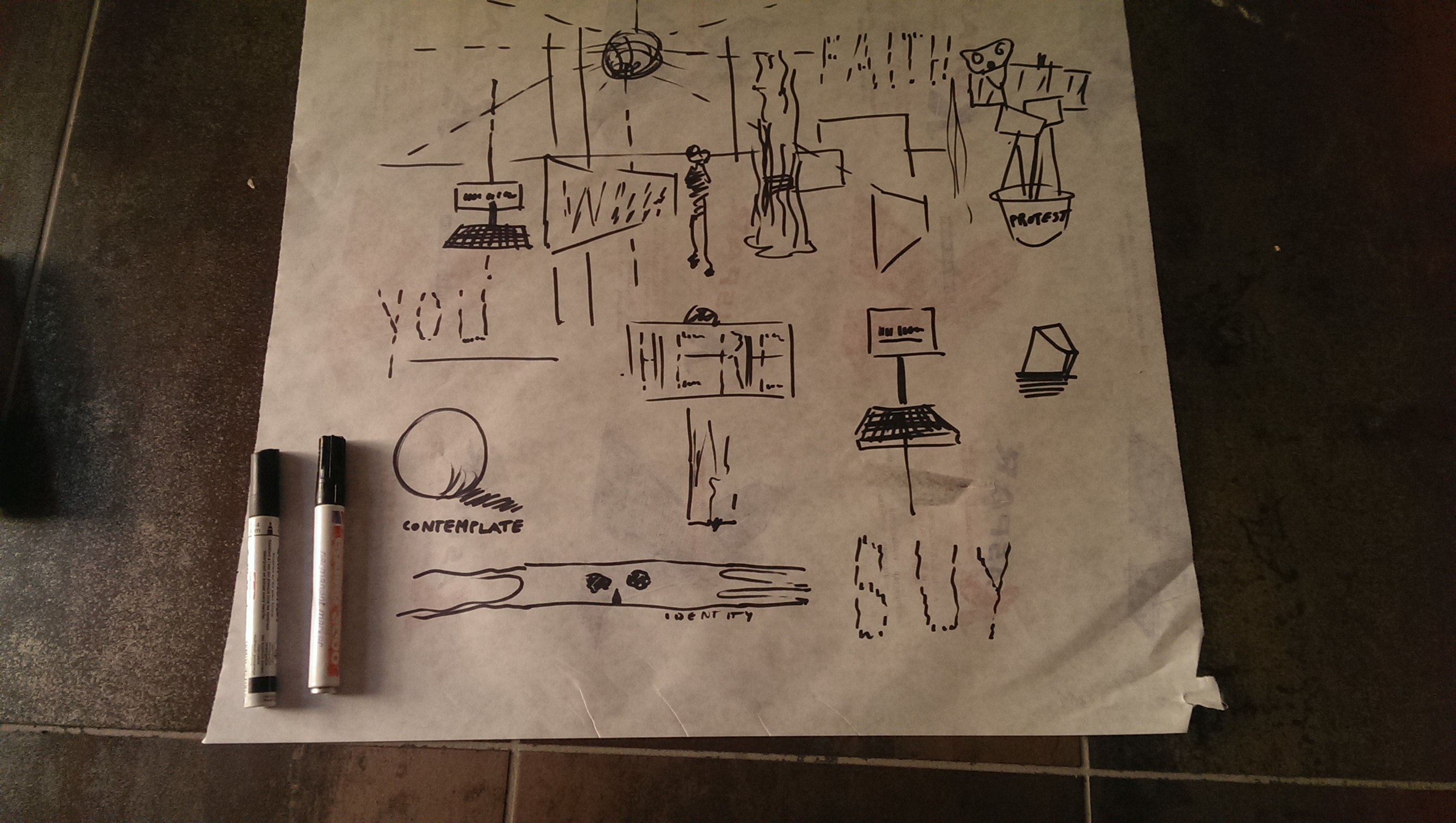
The Tech Oracle 2015
This project was curated and initiated by ESC Graz and Constant – Association for Art and Media, Brussels http://esc.mur.at/en/projekt/iterations Within the group of following people (Pascale Barret, Julien Deswaef, Heidrun Primas, Ushi Reiter, Agnese Trocchi, IOhannes m zmölnig) we processed the The Tech Oracle in 12 days. About The Tech Oracle TTO reflects on the…
-
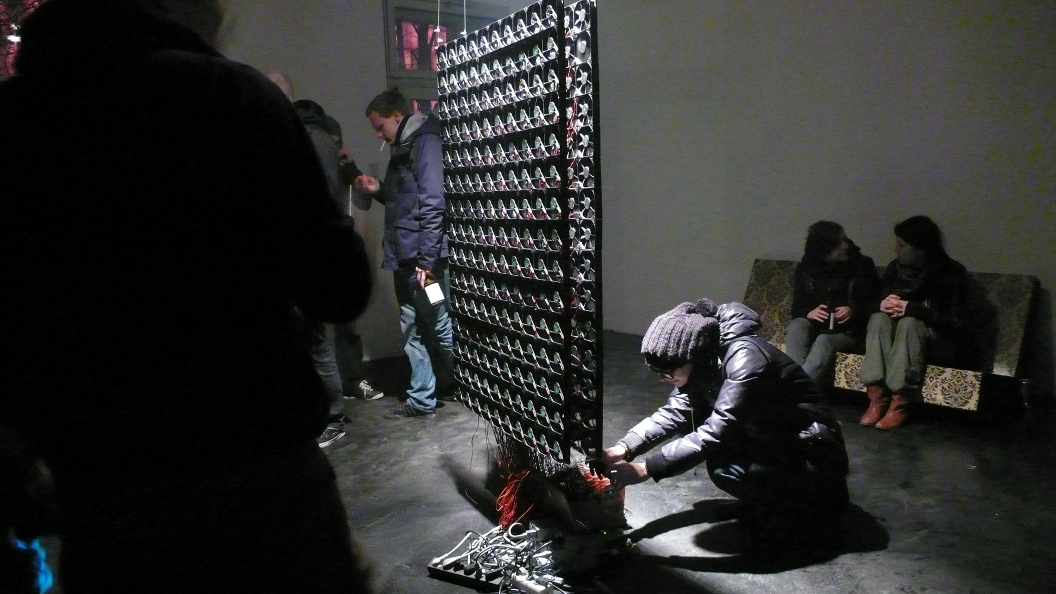
blower
BLOWER – a reactive installation that takes webserver logfiles and represents search terms by fan airflow and so transforms abstract notions into a corporeal medium. BLOWER deals with statistic logfile analysis and data representation. The installation is connected to the internet and automatically determines through a perl script the search terms employed to find a…
-
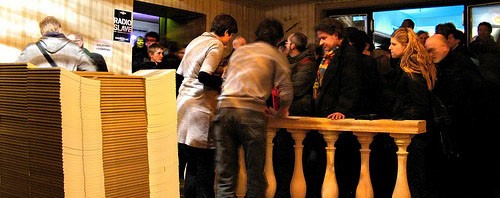
Das Linz0nein Programmbuch!
Ein Jahr durfte Kunst und Kultur eine Hauptrolle in Linz spielen. Ein Gastspiel, das nun zu Ende ist? Das Programmbuch von abgelehnten und zurückgezogenen Projekten existiert als Ausschnitt dessen, was nicht Teil der europäischen Kulturhauptstadt 2009 war. Unser Interesse galt den Spielregeln, die in so einem Ausnahmejahr bestimmt haben, wer oder was auf welche Weise…
-
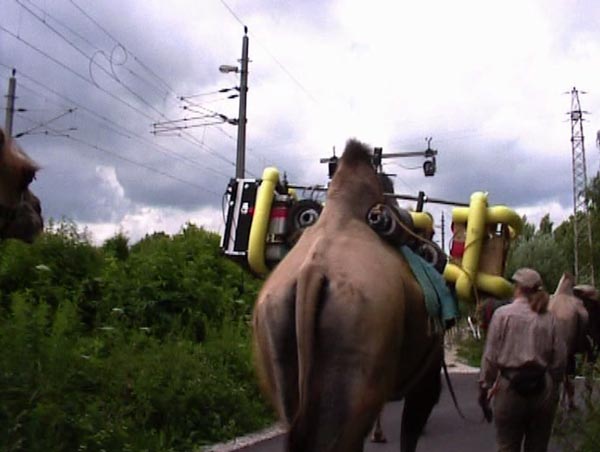
v.o.n. karawane
2003 Festival der Regionen Ein interdisziplinäres Spektakel 7 Tage zwischen Politik und Kunst v.o.n. karawane Karawanen und Fahrendes Volk waren für Herrschende von jeher eine Quelle der Unsicherheit und des Argwohns. Verfügten sie doch häufig über Informationen, die man den eigenen Untertanen gerne vorenthalten hätte. Mit ihrem Wissen um Zustände und Verhältnisse in anderen Regionen…
-
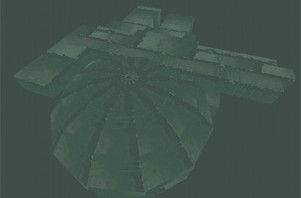
LIQUIDSHELL
1999 Paradigm Liquid Shell is a passagework into the networks of micro-perceptions that allows provisional utopias to emerge between structured contingencies. Liquid Shell is micro perception management for a detopia between spaces. Micro-alliances, proximity zones, and packet affinity nodes advance on the collapse homomorphic states within Liquidshell architecture. Each border interface curves the trajectivities of…
-
XXERO
2000 – 2002 xxero is a collaborative, text-based environment and a platform for real life meetings. Since program code and text is the only way to create, language is the inevitable element of navigation and construction. What gets written, gets done at the same time! By presenting xxero with its virtual minds we want to…